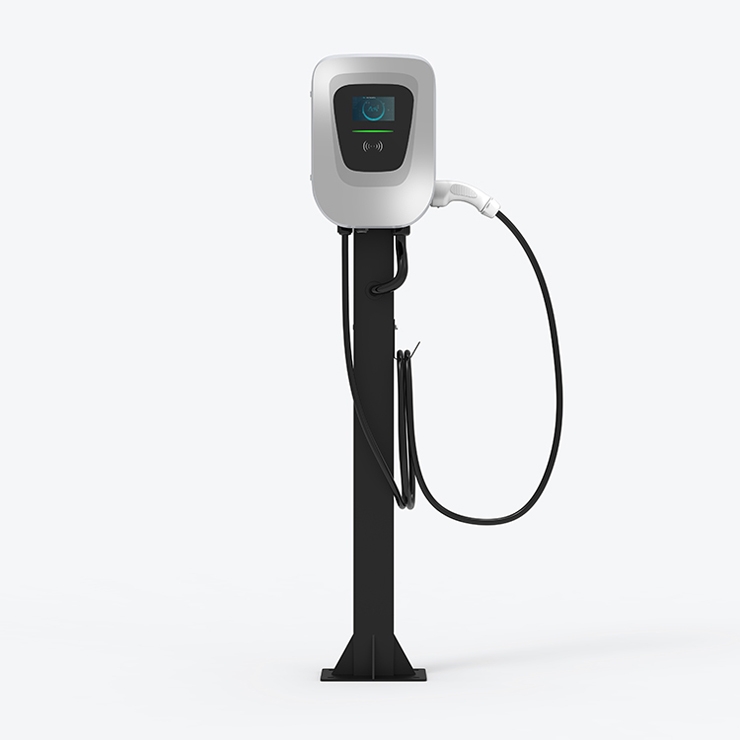
Products
Fast, Reliable, Everywhere

Solutions
Efficient, Innovative EV Charging Solutions.
News
We are committed to the innovation and application of EV charging.
Installation of an EV Charger:
You've decided to switch to the quicker, more effective level 2 charger. Great! So what comes next? You should be aware of a few things before you engage someone to complete the assignment for you.
Your electrician will examine your electrical panel to see whether it can support the load of the new EV charger installation. You should update it if your new 240V charger doesn't fit on your panel.
You may be sure that an Energy Star-certified EV charger will use extremely little electricity while not in use if you choose one with that certification. Additionally, you don't want a tool with a handle or that is likely to be tripped over. It could be a good idea to spend money on a wall-mounted station so you can keep the charging cords out of the way.
A 32-amp charging station can accommodate the majority of contemporary cars. A 50-amp unit is a better choice if you want to buy newer cars in the future. By doing this, you will "future-proof" your installation and be able to charge more.

Charge-up time required:
The need for rapid charging infrastructure has been rising as more electric cars (EVs) are on the road. To satisfy the demands of quick charging, the onboard charger of an EV is optimized in this study using an optimization technique. Someone unfamiliar with electric cars may need help understanding charges. Manufacturers like Tesla make the switch to low-emission vehicles fairly simple with ultra-fast rapid charging and integrated satellite navigation that automatically plans your trips around charging stations. PIWIN technical staff can offer prompt responses to client inquiries and qualified technical support.
